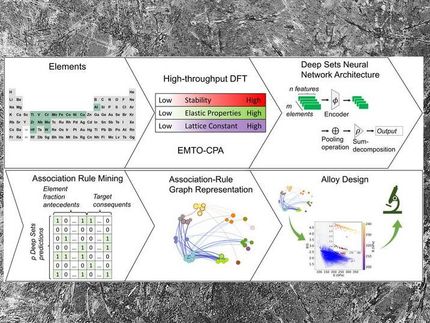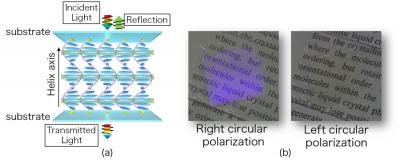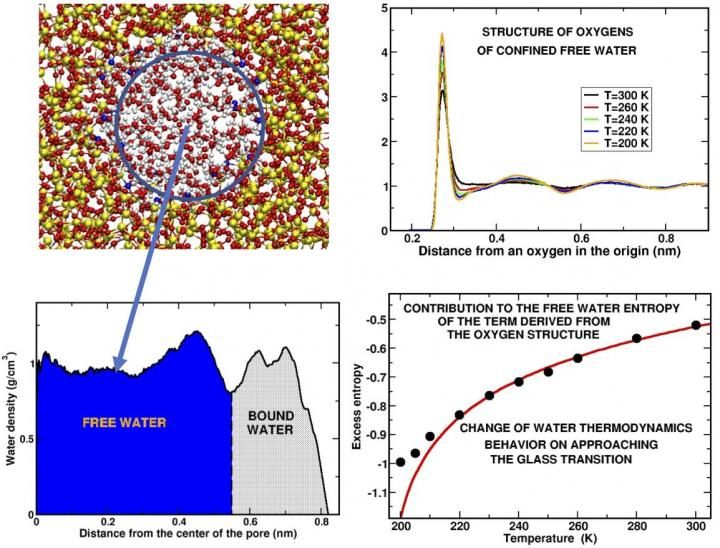Optical control of magnetic memory
New insights into fundamental mechanisms
A research team at Helmholtz-Zentrum Berlin (HZB) has shown for the first time how laser modulation of magnetic properties in materials is influenced by thermal effects and how the process occurs under moderate experimental parameters. At the same time, the scientists discovered a previously unknown dependence on the thickness of the magnetic layer. This is an important clue for our theoretical understanding of optically controlled magnetic data storage media.
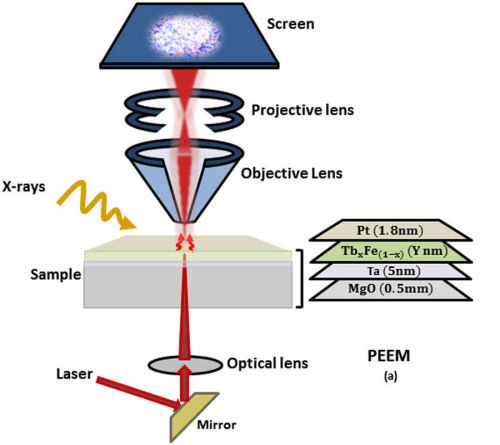
Schematic of experimental setup for PEEM, the laser optics integrated sample holder and the sample.
HZB
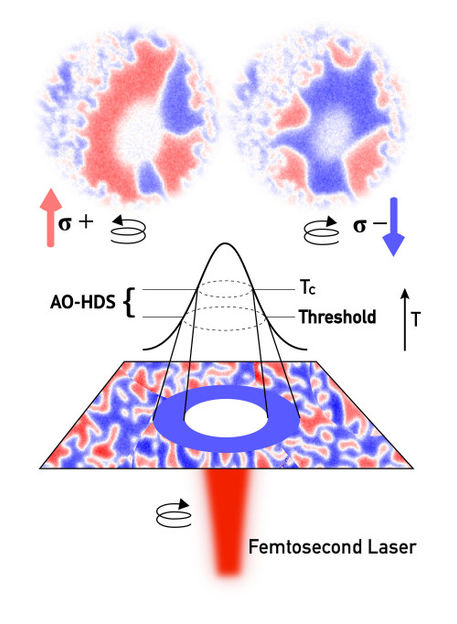
Laser pulse trains above threshold at opposite helicities showing AO-HDS and schematic showing laser profile and AO-HDS.
HZB

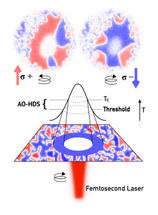
The demands placed on digital storage media are continuously increasing. Rapidly increasing quantities of data and new technological applications demand memory that can store large amounts of information in very little space and permit this information to be utilised dependably with high access speeds.
Re-writeable magnetic data storage devices using laser light appear to have especially good prospects. Researchers have been working on this new technology for several years. “However, there are still unresolved questions about the fundamental mechanisms and the exact manner in which optically controlled magnetic storage devices operate”, says Dr. Florian Kronast, assistant head of the Materials for Green Spintronics department at the Helmholtz-Zentrum Berlin (HZB).
A research team led by him has now succeeded in making an important step toward better understanding of this very promising storage technology. The scientists were able to empirically establish for the first time that the warming of the storage material by the energy of the laser light plays an instrumental role when toggling the magnetisation alignments and that the change in the material only takes place under certain conditions.
Making precise measurements in tiny laser spots
The HZB scientists together with those of Freie Universität Berlin and Universität Regensburg studied the microscopic processes at extremely high resolution while irradiating a thin layer of magnetic material using circularly polarised laser light. To do this, they directed the light of an infrared laser onto a nanometre-thick layer of alloy made from the metals terbium and iron (TbFe). What was special about the experimental set-up was that the narrowly focussed spot of laser light had a diameter of only three microns. “That is far less than was usual in prior experiments”, says HZB scientist Ashima Arora, first author of the study. And it provided the researchers with unsurpassed detail resolution for studying the phenomena. The images of the magnetic domains in the alloy that the team created with the help of X-rays from the BESSY II synchrotron radiation source revealed fine features that themselves were only 30 nanometres in size.
The crucial thing occurs in the boundary ring
The results of the measurements prove that a ring-shaped region forms around the tiny laser spot and separates the two magnetically contrasting domains from one another. The extant magnetisation pattern inside the ring is completely erased by the thermal energy of the laser light. Outside the ring, however, it remains in its original state. Within the boundary zone itself, a temperature distribution arises that facilitates a change in magnetisation by displacing the domain boundaries. “It is only there that the toggling of magnetic properties can proceed, permitting a device to store re-writeable data”, explains Arora.
Surprising influence of the layer thickness
“These new insights will assist in the development of optically controlled magnetic storage devices having the best possible properties,” in the view of Kronast. An additional effect contributes to better understanding the physical processes that are important in this phenomenon, which researchers at HZB unexpectedly observed for the first time. The way the toggling of the magnetisations happens is highly dependent on the layer thickness of the material irradiated by the laser. It changes over an interval of 10 to 20 nanometres thickness.
“This is a clear indication that two contrasting mechanisms are involved and compete with one another”, Kronast explains. He and his team suspect two complex physical effects for this. To confirm their suspicions, though, further empirical and theoretical studies are necessary.
